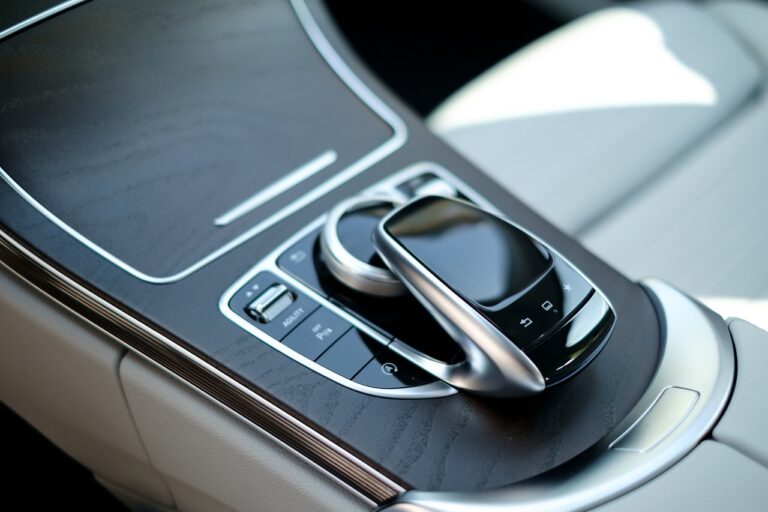The Influence of Cultural Trends on Car Design Preferences
Cultural trends in fashion have a significant influence on car design preferences. For instance, the rise of minimalism and sleek lines in fashion has translated into a preference for clean, streamlined designs in cars. Consumers who value simplicity and elegance in their clothing choices tend to gravitate towards vehicles that reflect similar aesthetic principles.
On the other hand, the popularity of bold colors, patterns, and eclectic styles in fashion can lead to a demand for cars that exhibit more personality and flair. Car manufacturers often take cues from current fashion trends to incorporate vibrant color palettes and unique detailing in their designs. As a result, individuals who are drawn to bold and expressive fashion statements may be more inclined to choose vehicles that make a striking visual impact.
The Role of Social Media in Shaping Car Design Preferences
In today’s digital age, social media platforms play a significant role in shaping consumer preferences across various industries, including the automotive sector. With the rise of influencers and online communities dedicated to car enthusiasts, individuals are constantly exposed to a plethora of car designs and trends through platforms like Instagram, YouTube, and Facebook. Through visually engaging content and real-time updates, social media serves as a powerful tool in influencing individuals’ perceptions and preferences when it comes to car design.
Moreover, social media allows for direct interaction between car manufacturers, designers, and consumers, providing valuable insights and feedback that can impact the development of future car designs. Car companies leverage social media channels to engage with their target audience, share behind-the-scenes glimpses of the design process, and gather feedback on different design elements. This instant connection and exchange of information not only enhance consumer engagement but also contributes to the evolution of car design trends in response to the preferences and expectations of the digital-savvy audience.
Historical Influences on Contemporary Car Design Trends
Many aspects of contemporary car design can be traced back to historical influences. For example, the sleek and aerodynamic shapes commonly seen in modern vehicles are reminiscent of the streamlined designs popularized during the Art Deco period. This era, known for its emphasis on elegance and speed, has left a lasting impact on the way cars are styled today.
Furthermore, the use of certain materials in car manufacturing can also be linked to historical trends. The incorporation of wood paneling on some cars harkens back to a time when vehicles were crafted with painstaking attention to detail and luxury. By incorporating elements from the past into present-day car design, automakers are able to create vehicles that blend nostalgia with cutting-edge technology.
How do cultural trends in fashion influence car design preferences?
Cultural trends in fashion often dictate popular colors, patterns, and styles, which can in turn influence the design of cars to align with current aesthetic preferences.
What role does social media play in shaping car design preferences?
Social media platforms provide a space for car enthusiasts, designers, and manufacturers to share and showcase their work, leading to the dissemination of new design trends and influencing consumer preferences.
How have historical influences shaped contemporary car design trends?
Historical influences, such as iconic car designs from the past, technological advancements, and societal changes, have all played a role in shaping the design trends we see in cars today. These influences help designers create modern vehicles that blend elements of the past with innovative new features.







